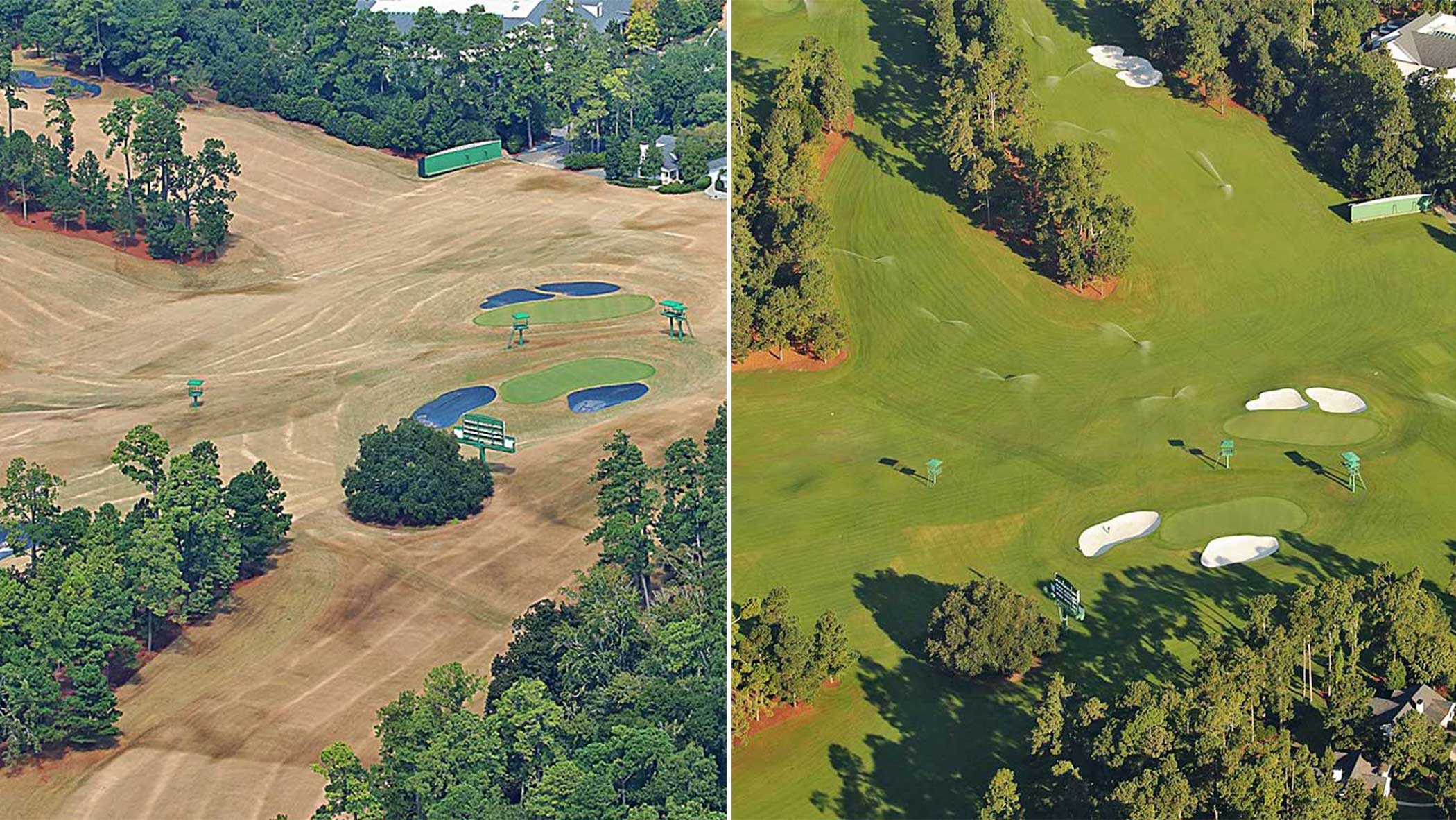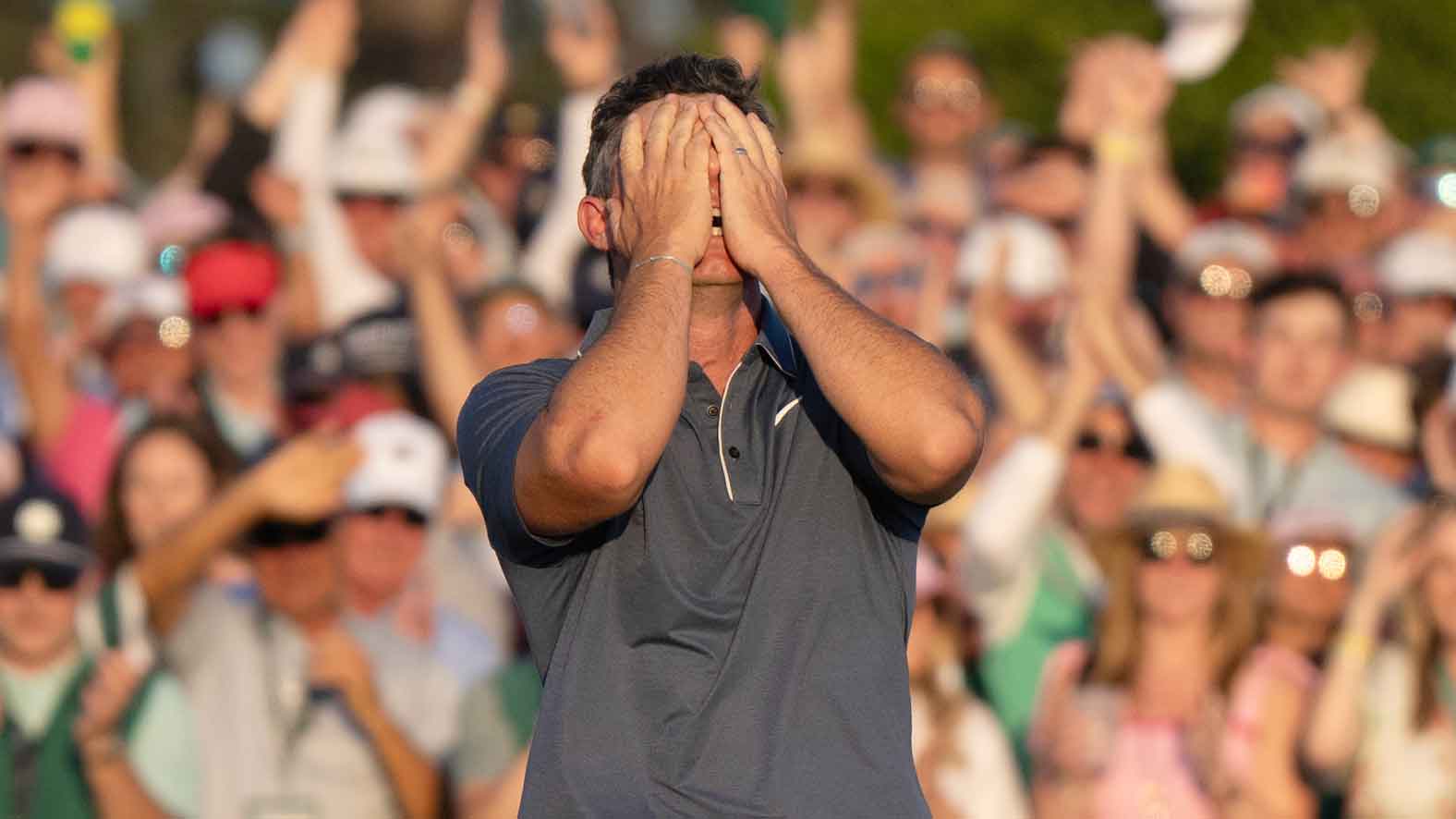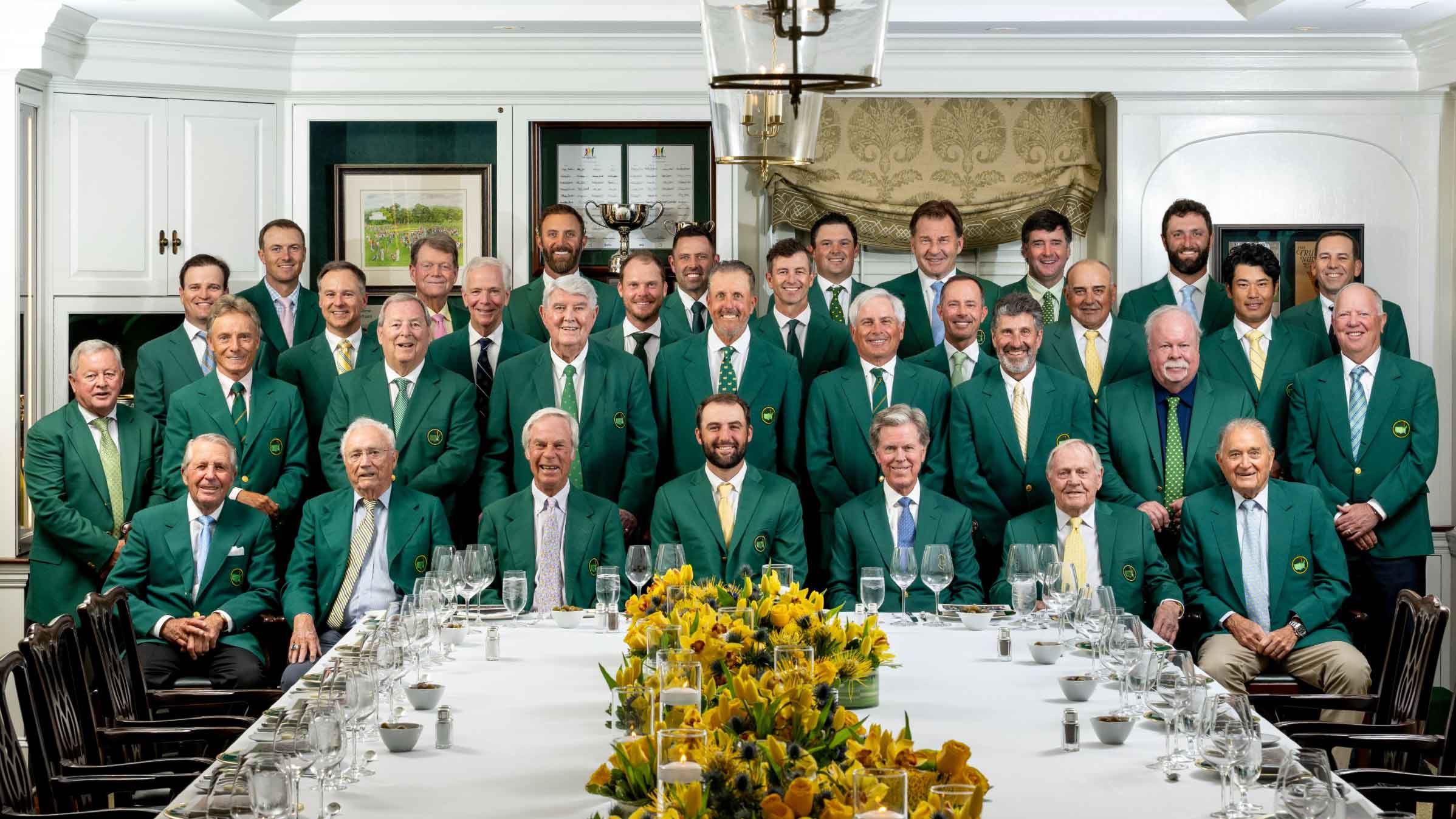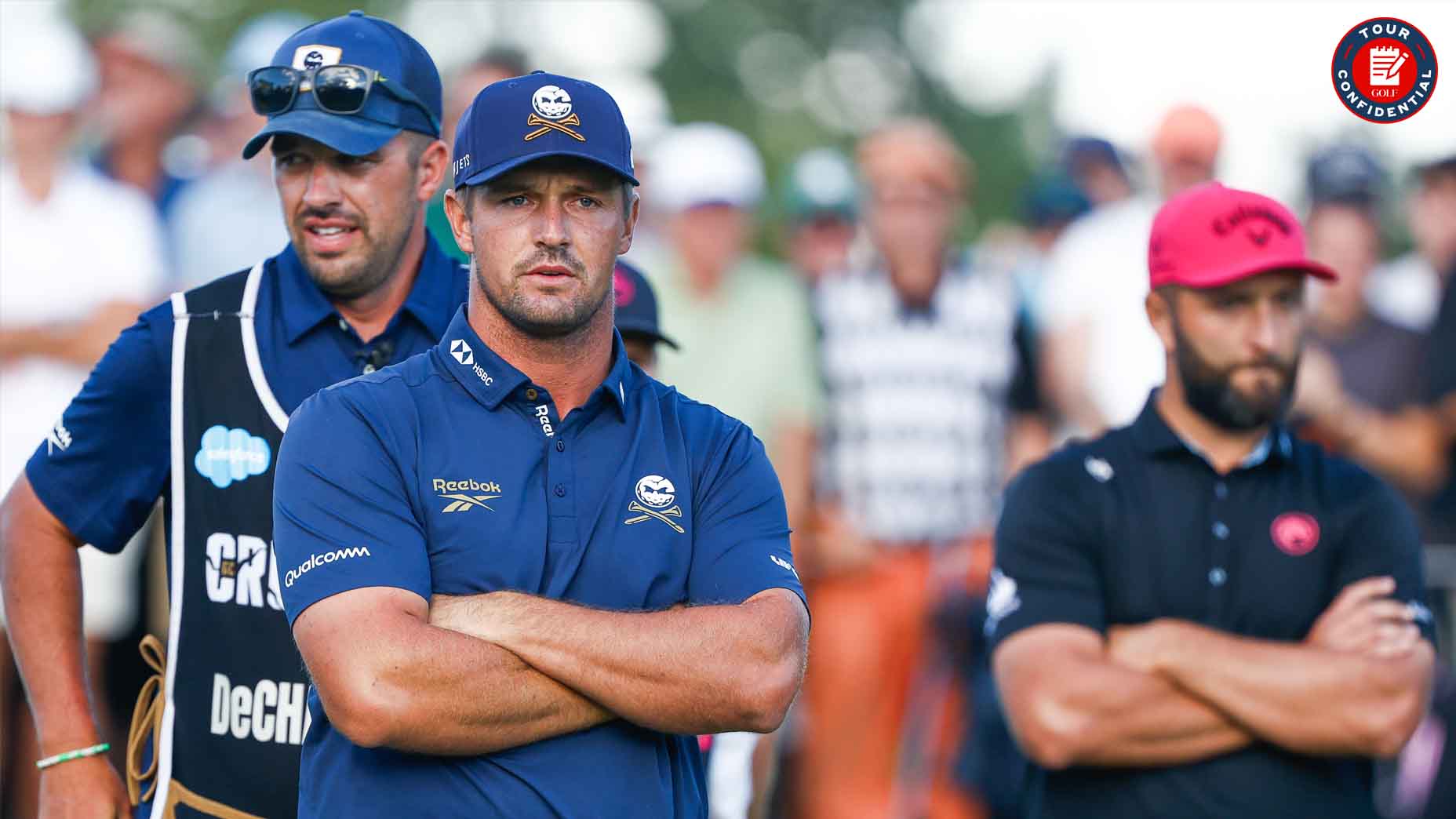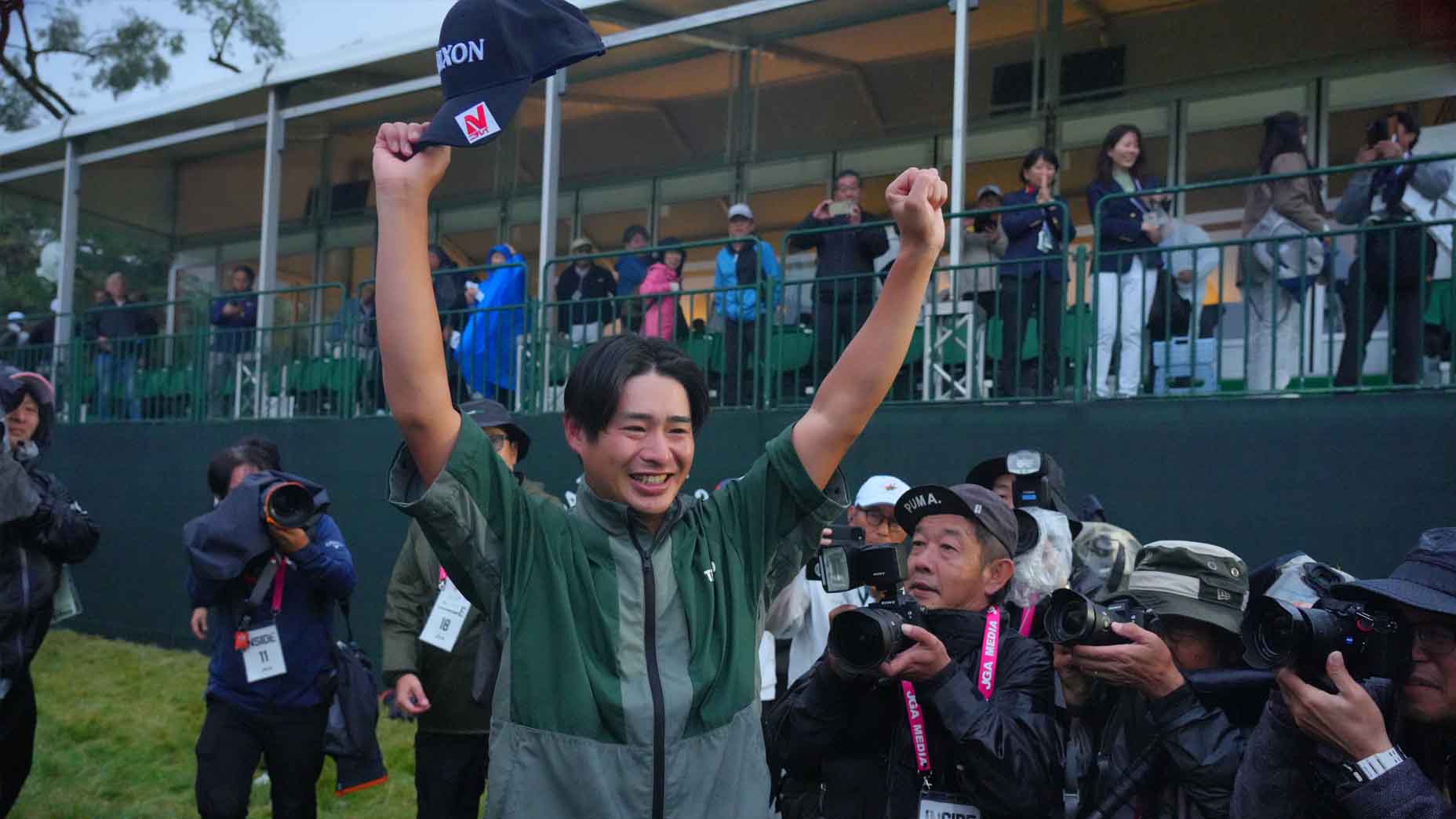Welcome to Super Secrets, a GOLF.com series in which we pick the brains of the game’s leading superintendents. By illuminating how course maintenance crews ply their trades, we’re hopeful we can not only give you a deeper appreciation for the important, innovative work they do but also provide you with maintenance tips that you can apply to your own little patch of paradise. Happy gardening!
***
If golf, as a veteran course superintendent once put it, is “televised agriculture,” then the Masters is the Grammys of agronomy.
No event outside of a Grateful Dead concert gets so many people going gaga over grass.
When the tournament rolls around, inquiring minds want to know: How does the club get its grounds looking so good?
Time, money and expertise sure help.
But there’s also this: mowing patterns.
Augusta cuts its fairways unidirectionally, mowing from green to tee on every hole. The result is a beautifully uniform look, without the varying shades of green you see on clubs that mow in striped or checkerboard patterns.
What’s more, for players looking out at the hole from the tee (and for television cameras filming from behind those players), the fairways have a darker emerald hue than they would if they were mown in the opposite direction, which would produce a lighter shade of green.
The overall aesthetic — simple, lush, sophisticated — is very Augusta.
Over the years, some people have suggested that this fairway maintenance practice also helps defend the course against the world’s best players — that mowing from green to tee reduces roll and makes Augusta National play even longer than it is.
How to turn your lawn Augusta green (without overwatering!), according to a superintendentBy: Josh Sens
The problem with this thinking is that there’s scant science behind it. Just ask the USGA Greens Section, which studied the matter as part of its recent Distance Insights report and found that mowing patterns have little to no influence on distance. With some grainy varietals of turf, it matters, just a bit. But on ryegrass fairways, the report found, mowing patterns have no effect on distance at all.
But, boy, does unidirectional mowing look pretty.
There’s just one catch: unidirectional mowing is time and labor intensive, unless you have an armada of mowers to swoop down the fairways all at once, which Augusta does.
Not all courses enjoy that luxury.
For comparison, consider Bethpage Black, the celebrated municipal course on Long Island that has hosted two U.S. Opens, a PGA Championship and two FedEx Cup playoff events. When it stages big-time events, the Black Course mows its fairways unidirectionally, says Bethpage State Park director of agronomy Andrew Wilson. But it’s only able to do that with help from a sponsorship deal with Toro, which supplies the Black Course with additional mowers for tournaments, beefing up the mower fleet up from 4 to 10.
Unlike Augusta, Bethpage mows unidirectionally from tee to green, which most Tour pros reportedly prefer because they believe they get more roll (never mind the science, sometimes what matters most is what’s in a player’s head).
How Augusta National transformed seemingly overnight, according to an expertBy: Josh Sens
The rest of the year, when the Black Course is packed with recreational golfers, unidirectional mowing isn’t realistic. It simply takes to long with a four-mower fleet; there’s no way to do it without interfering with public play.
Instead, during the regular golf season, Wilson and crew employ what is known as a half-and-half mowing pattern, working in opposite directions on each side of the fairway. The result is two-toned look, light green on one side, dark green on the other. It’s a pretty pattern, too, and it takes about half as long as unidirectional mowing.
Wilson says he wouldn’t be opposed to half-and-half mowing for tournaments at the Black Course; in fact, he says, it would be beautiful.
But he also loves the results of unidirectional mowing. “It’s a great monochromatic look,” he says. “And with different heights of grasses, you also get that really clear definition that looks terrific.”
You get the picture. And if not, you can see it this weekend on TV.

